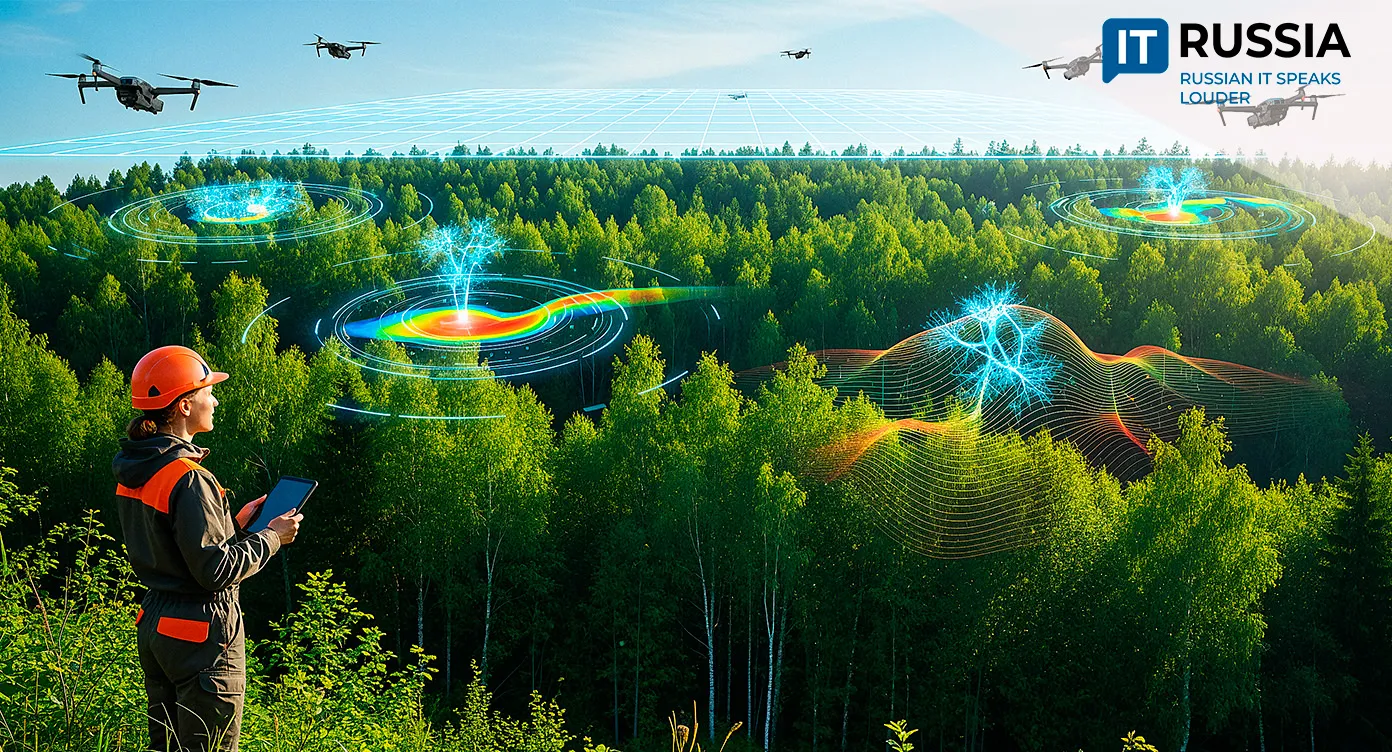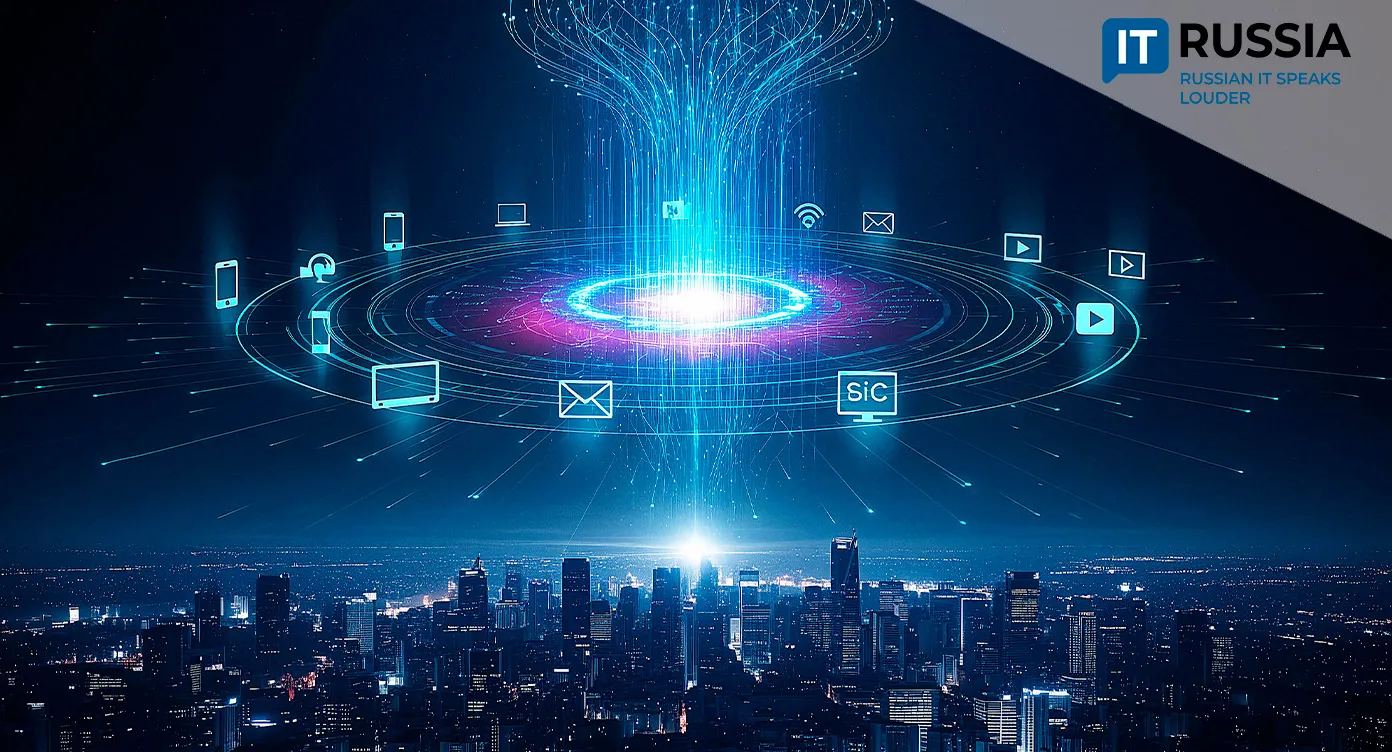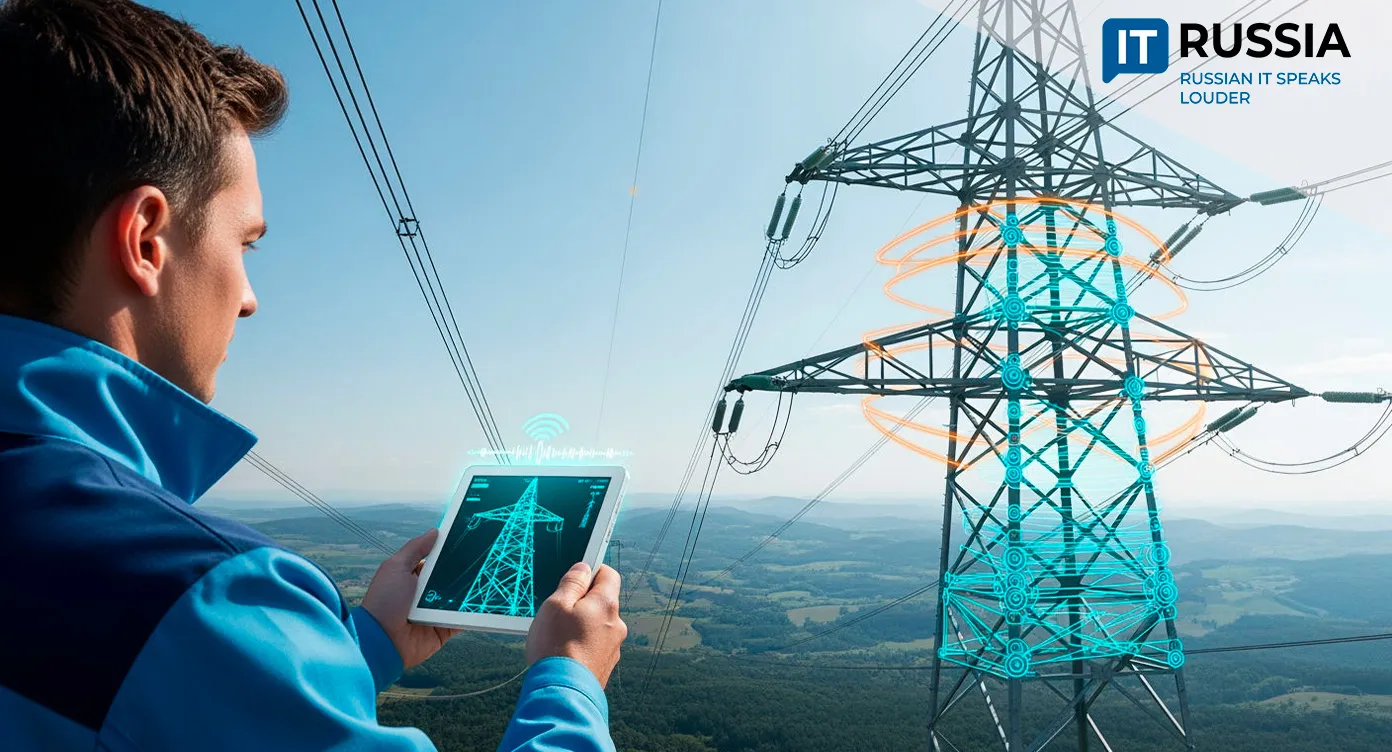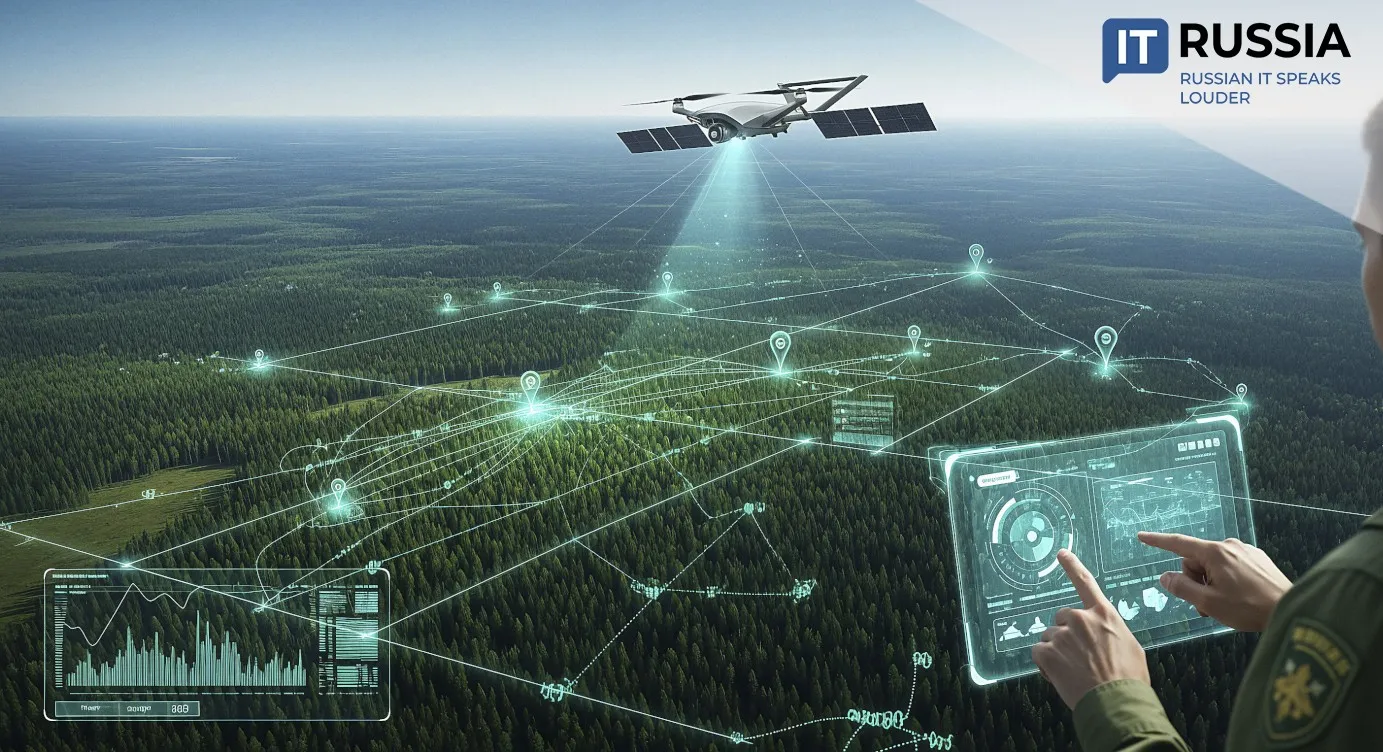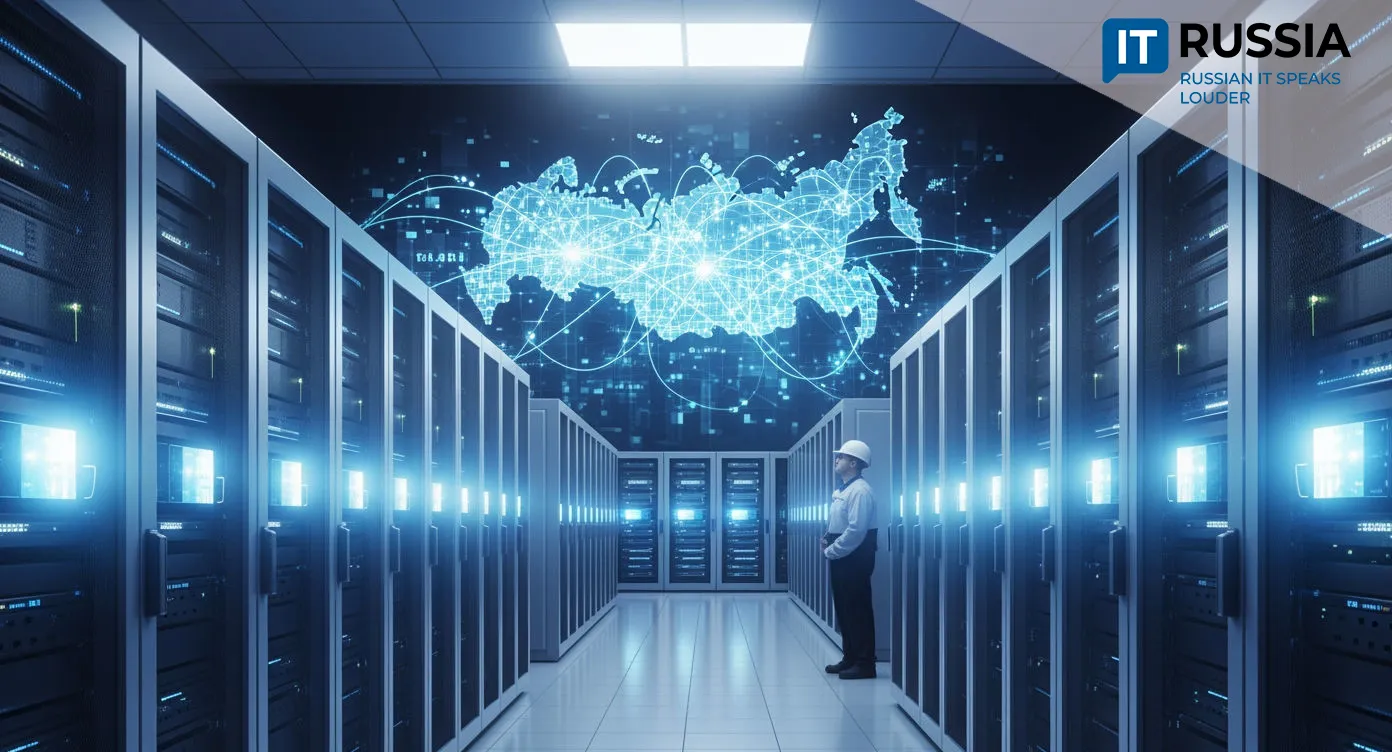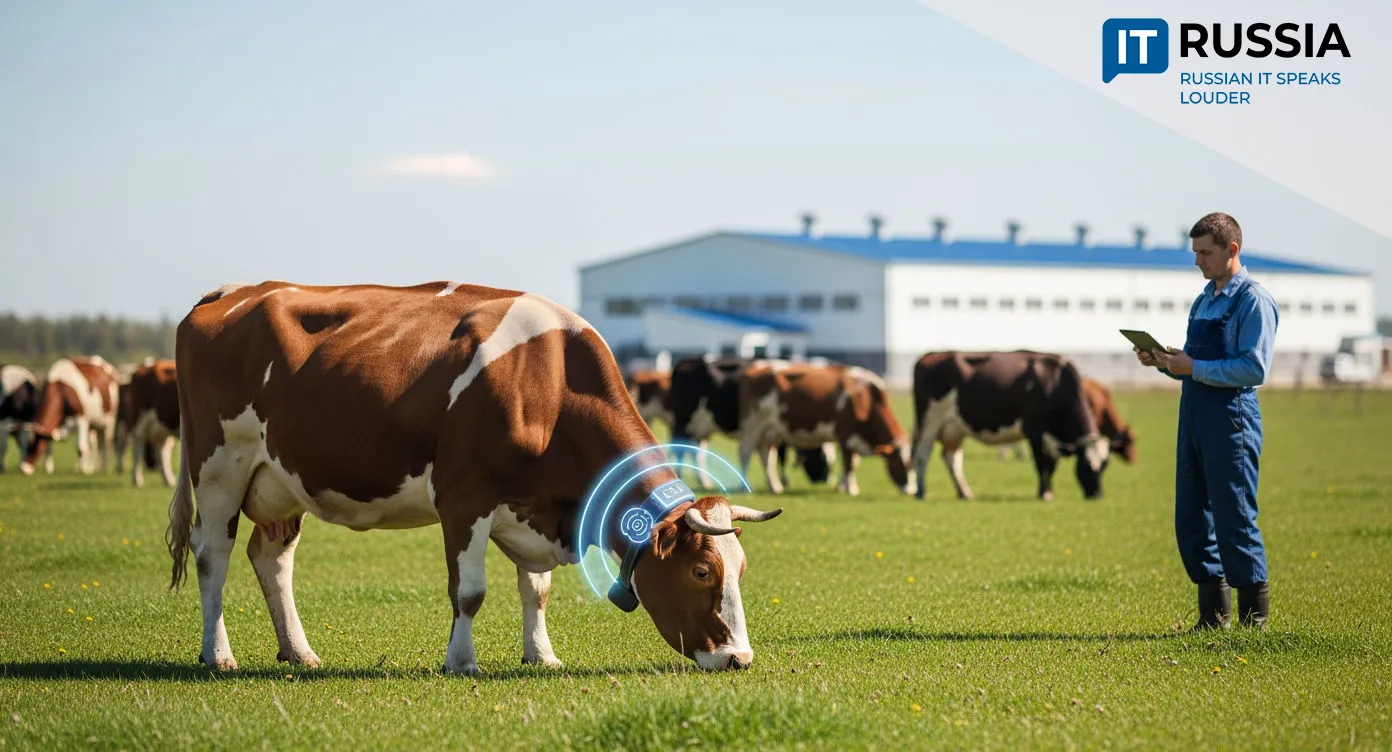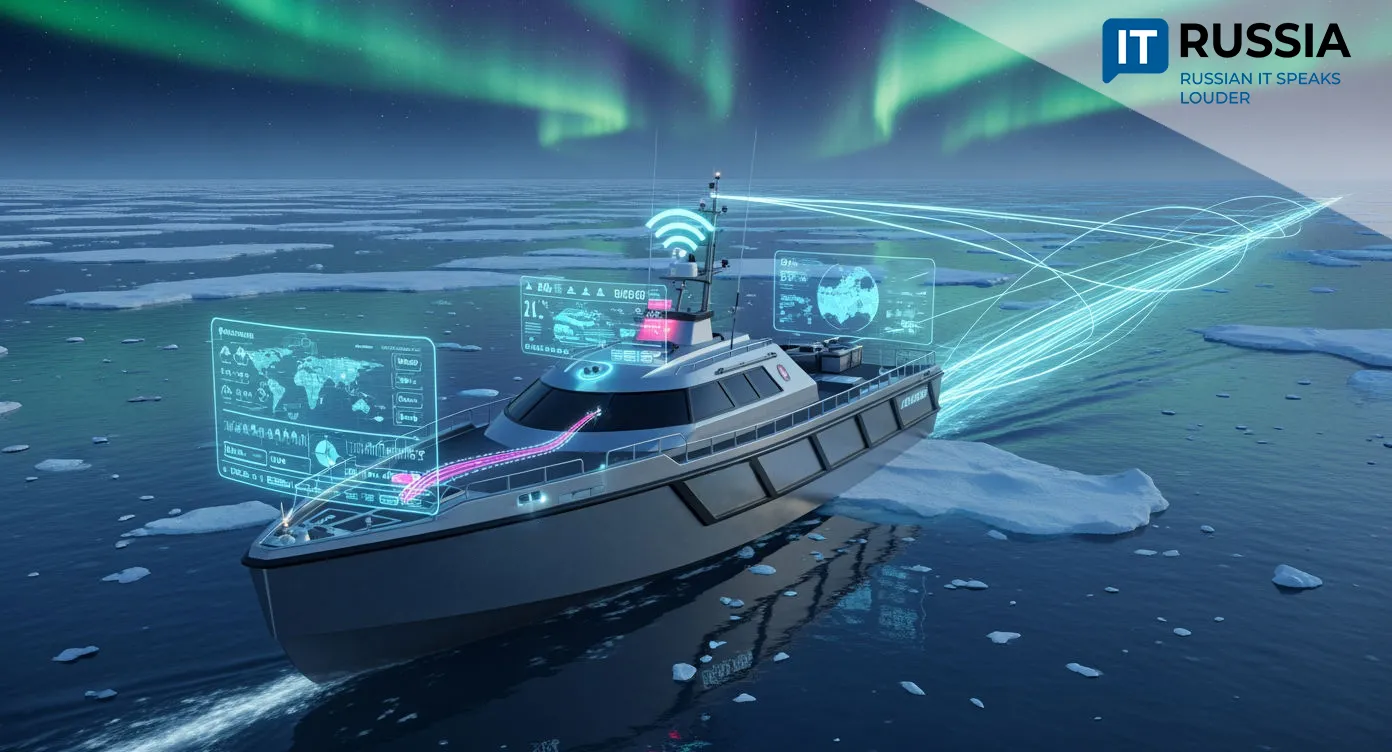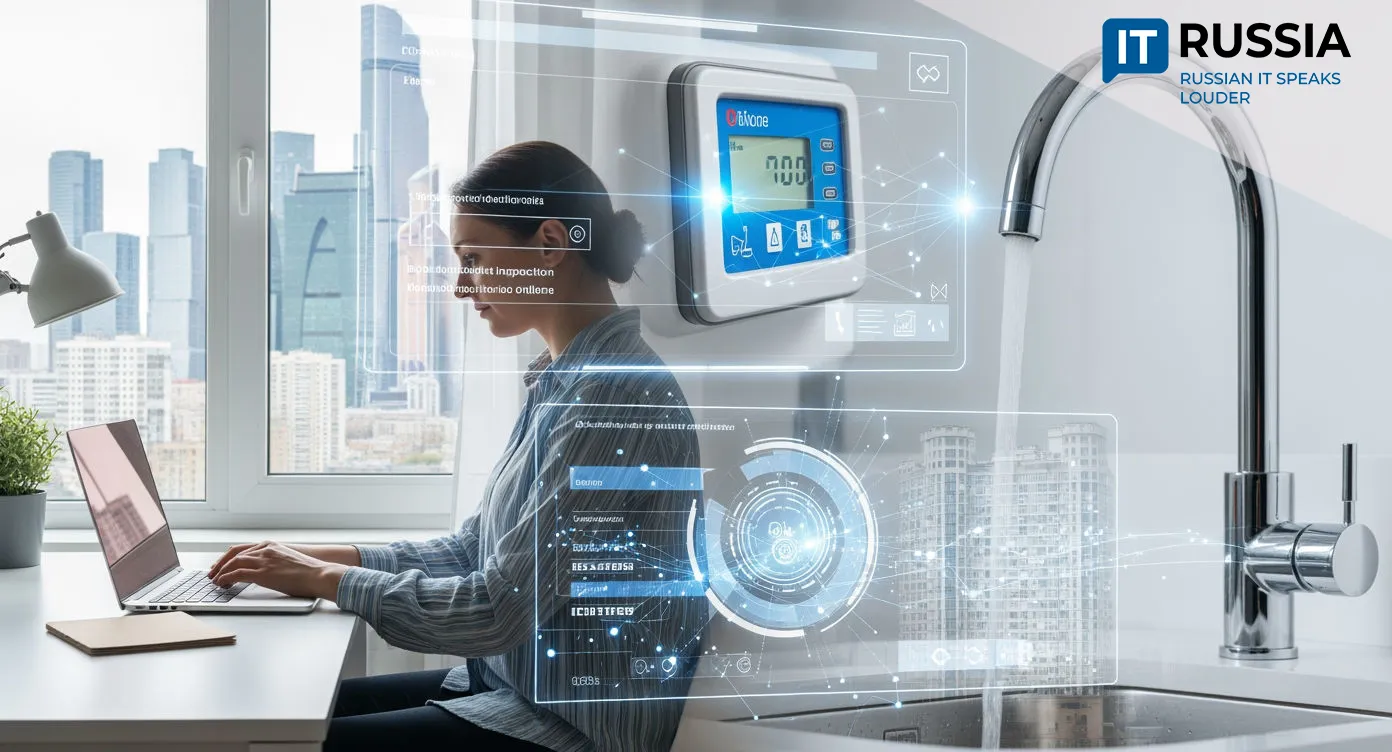Russia Builds a Digital Airspace for Drones
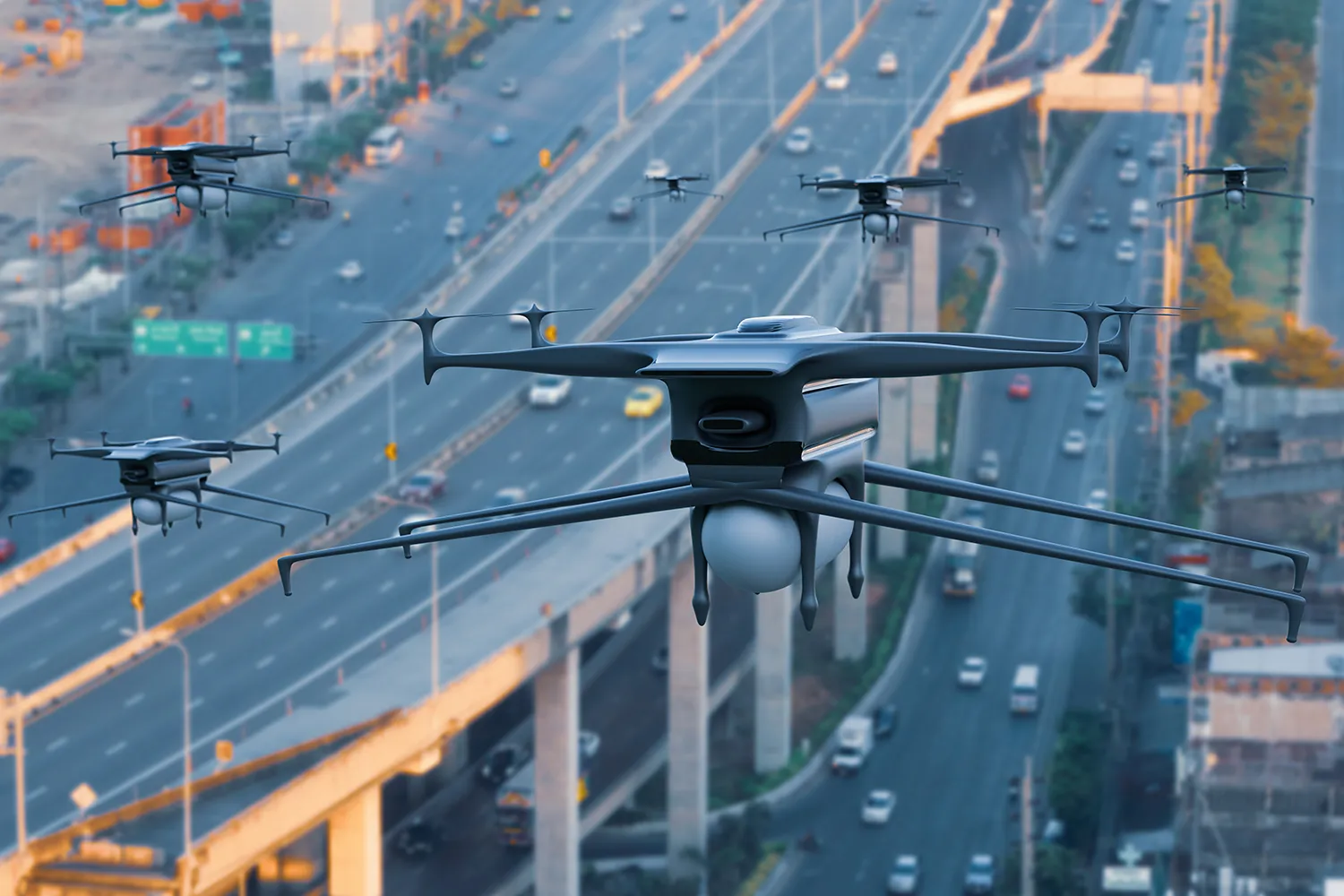
Drone manufacturers are joining Russia’s national air traffic monitoring system – a move set to accelerate the easing of restrictions across the country
Clearing the Skies
Drone manufacturer Geoscan and state enterprise GLONASS have announced a new partnership to advance technologies in identification and communication for unmanned aerial systems (UAS). The agreement, signed at the St. Petersburg International Economic Forum, marks a pivotal step in the integration of drones into Russia’s national aerospace framework.
The goal is to integrate Geoscan’s UAVs into the ERA-GLONASS state monitoring platform, elevating operational safety and management. 'Integrating drone and satellite systems isn’t just promising – it’s essential for a country as vast as Russia,' said Alexey Yuretsky, CEO of Geoscan. 'Our combined competencies and experience will help solve the key challenge of safe and efficient airspace utilization.'
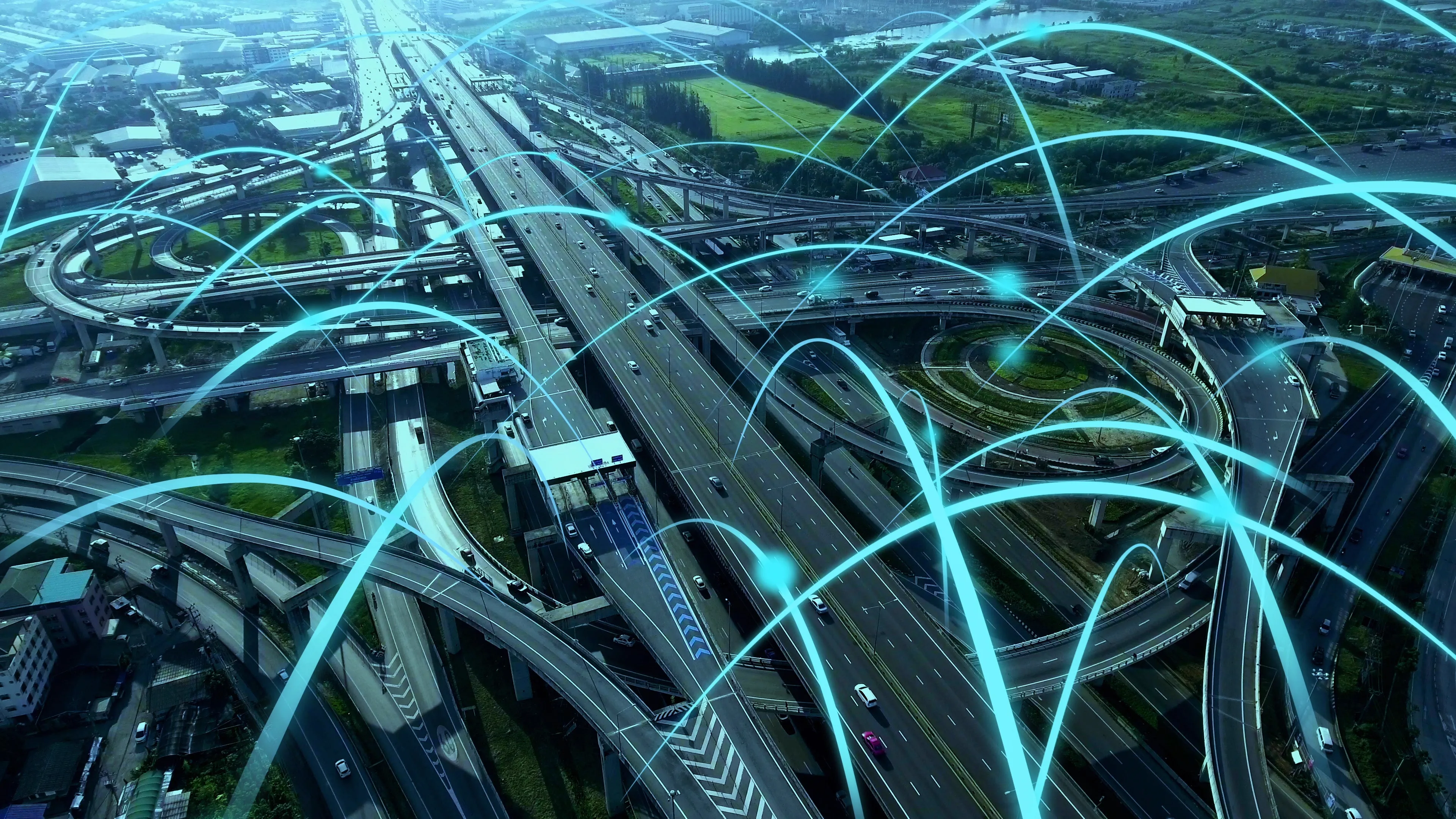
Flight-Tested, Mission-Ready
ERA-GLONASS has already been piloted in 12 regions, successfully logging drone flights and transmitting data securely in real time. The system has tracked more than 400,000 kilometers of flights — the equivalent of circling Earth 10 times. A standout moment: monitoring Russia’s first interregional drone flight between Sakhalin and Khabarovsk, which included maritime segments.
Besides Geoscan, several companies – including Future Transport, BAS, Aurora-BAS, and Aeromax – have joined the ERA-GLONASS network, broadening its reach and utility.
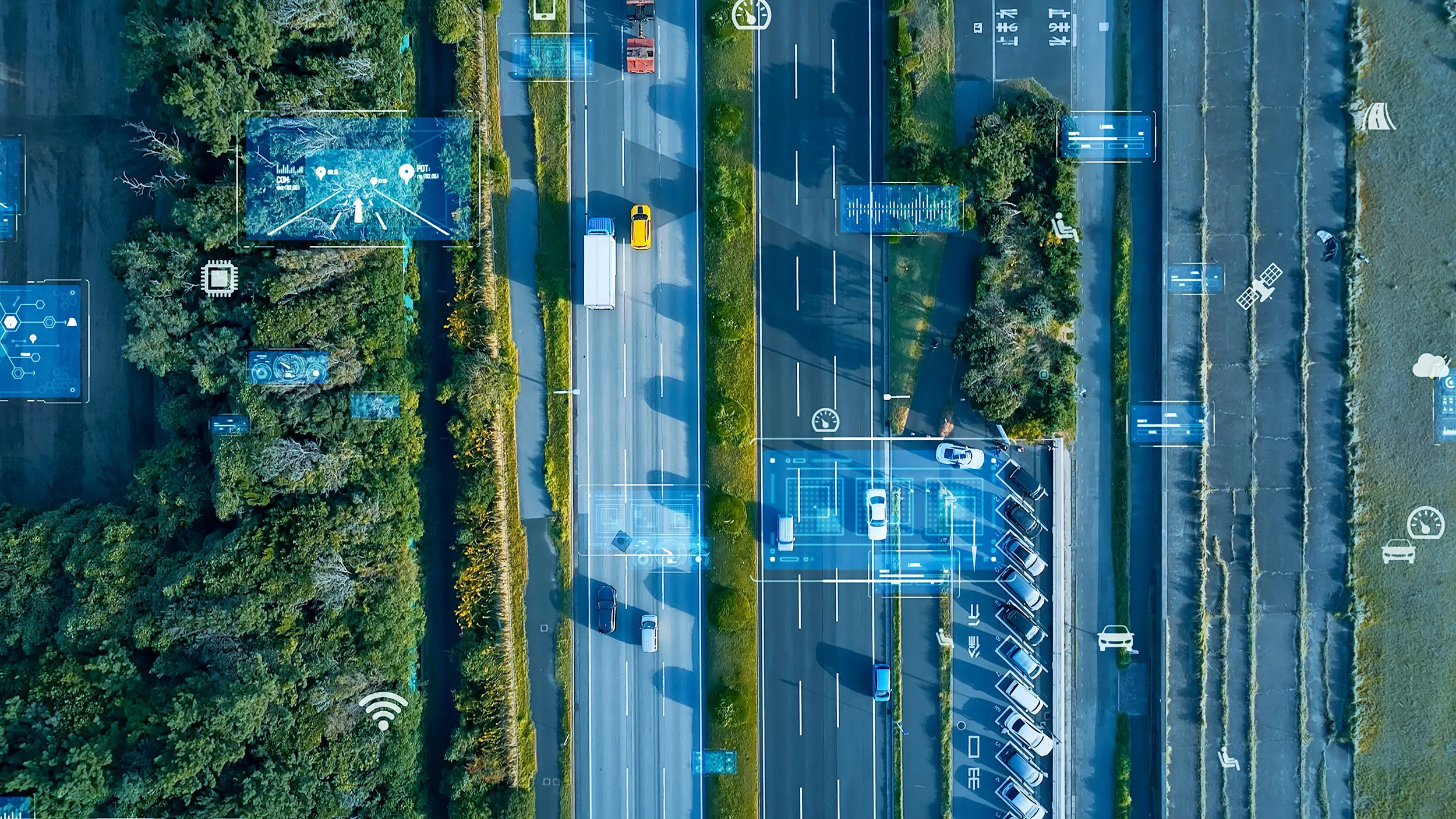
Blueprint for Global Export
The national monitoring platform will help expand drone use across sectors like logistics and agriculture, while aligning with international standards for future export potential. BRICS nations are likely early adopters of the export-ready version, with commercial rollout projected for 2027.
ERA-GLONASS, originally built for emergency vehicle response, offers an unmatched example of transport tracking, using domestic encryption algorithms to ensure high-level data security.
To enhance operational safety, Russia is also deploying drone countermeasure systems such as the YENOT SD at major airports. These systems classify airborne and ground objects — birds, UAVs, aircraft, people, and vehicles — improving threat detection and management.
Advancing Sovereignty and Export Potential
ERA-GLONASS surpasses many international counterparts. For example, unlike the U.S. Remote ID standard, ERA-GLONASS can autonomously transmit incident data without human intervention. The Geoscan agreement is expected to accelerate the nationwide drone ecosystem, including in remote and underserved areas, via hybrid satellite-mobile communication.
Experts stress the importance of avoiding regulatory delays and ensuring steady public investment. If these factors hold, Russia's drone monitoring systems could compete globally, strengthening both technological sovereignty and export opportunities.





